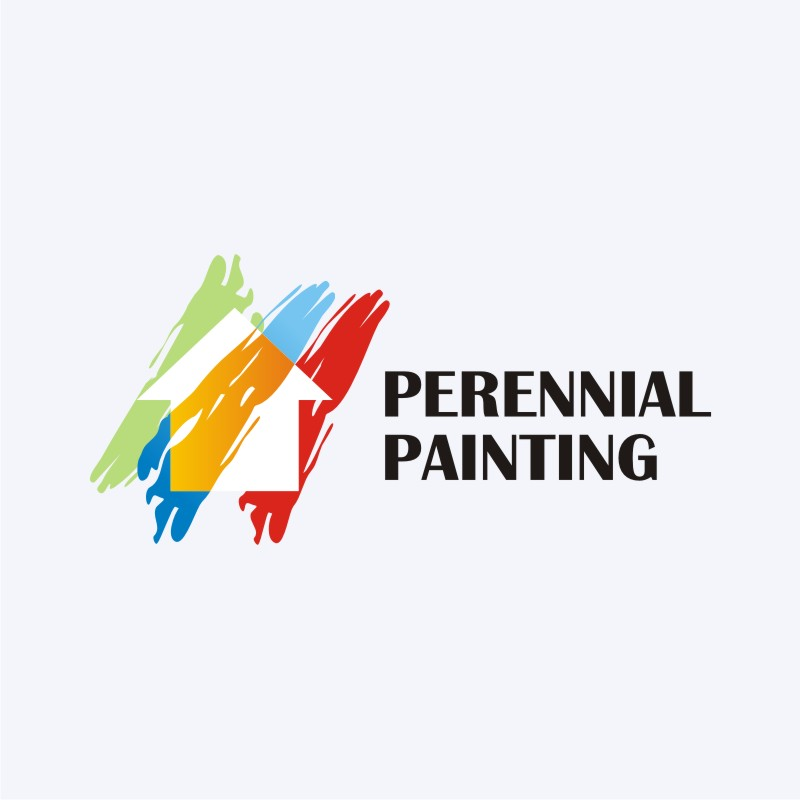Comprehending Seasonal Influences On Commercial Outside Painting: Important Expertise For Success
Comprehending Seasonal Influences On Commercial Outside Painting: Important Expertise For Success
Blog Article
Short Article Created By-Korsholm Rodriquez
When you're preparing a business outside paint job, seasonal factors can make or break your results. Related Site 'll want to think about exactly how temperature and moisture influence paint application and drying times. Selecting the best period can ensure your paint adheres appropriately and lasts longer. But which seasons are absolutely the very best for this kind of work? Allow's explore the key elements that can impact your task's success.
The Impact of Temperature Level on Paint Application
When you're preparing a commercial exterior paint project, the temperature level can substantially influence just how well the paint sticks and dries out.
Preferably, you intend to repaint when temperature levels range in between 50 ° F and 85 ° F. If it's also cool, the paint may not treat correctly, causing issues like peeling off or breaking.
On the flip side, if it's as well hot, the paint can dry also quickly, protecting against appropriate bond and causing an uneven coating.
You should also think about the moment of day; morning or late afternoon offers cooler temperature levels, which can be much more desirable.
Always check the manufacturer's referrals for the certain paint you're using, as they frequently supply advice on the suitable temperature range for optimal results.
Moisture and Its Impact on Drying Times
Temperature isn't the only ecological aspect that affects your industrial external paint task; moisture plays a significant role also. High moisture levels can reduce drying times significantly, affecting the total quality of your paint work.
When the air is filled with dampness, the paint takes longer to treat, which can cause problems like inadequate bond and a greater threat of mildew growth. If you're painting on a particularly humid day, be prepared for prolonged delay times between coats.
It's important to check local weather and plan appropriately. Preferably, go for humidity degrees in between 40% and 70% for optimal drying out.
Maintaining https://reidjvhsd.ja-blog.com/34528850/preparing-your-home-for-the-arrival-of-expert-house-painters consider mind ensures your project stays on track and supplies a long-term finish.
Best Seasons for Commercial Exterior Painting Projects
What's the best season for your industrial exterior painting projects?
Springtime and early autumn are generally your best bets. During these seasons, temperature levels are mild, and moisture degrees are frequently lower, producing optimal problems for paint application and drying out.
Avoid summer's intense heat, which can cause paint to completely dry as well rapidly, causing inadequate bond and finish. In a similar way, winter months's cool temperature levels can prevent correct drying and healing, taking the chance of the durability of your paint work.
Aim for days with temperature levels in between 50 ° F and 85 ° F for ideal results. Bear in mind to examine the regional weather forecast for rainfall, as wet problems can destroy your job.
Planning around these aspects ensures your painting task runs efficiently and lasts longer.
Conclusion
In conclusion, preparing your industrial exterior paint jobs around seasonal considerations can make a significant difference in the result. By organizing job during the suitable temperatures and moisture degrees, you'll make sure much better attachment and drying out times. Bear in mind to watch on neighborhood weather prediction and pick the correct time of year-- springtime and early fall are your best options. Taking these actions will help you achieve a durable and professional coating that lasts.
